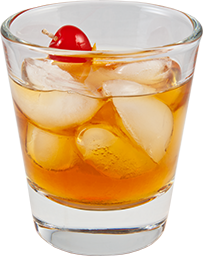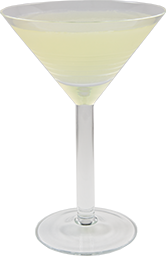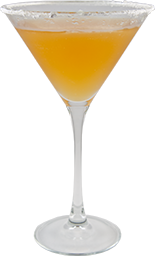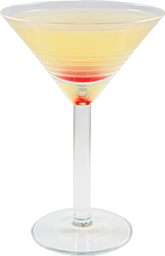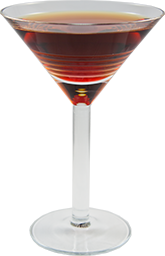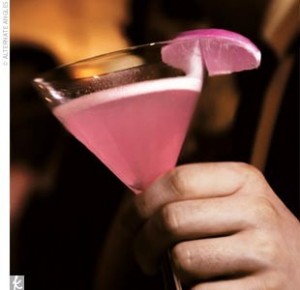There are few greater cocktail-related disappointments than when I stroll into a promising looking bar, noting the well-chosen assortment of spirits and general vibe, only to be handed a “Martini List”. These were the bane of the last cocktail resurgence in the late 1990’s, and unfortunately seem to continue to lurk in many a bar and are regaining prominence as cocktails once again are in the spotlight.
You’ve probably seen this type of list, invariably containing a littany of overpriced concoctions consisting of vodka and a cloying flavoring agent (schnapps, flavored vodka, chocolate syrup, etc), a ridiculous price, and a painfully cute name, like the infamous “Flirtini”. While I expect this type of nonsense in the dime-a-dozen global chains, many higher-end restaurants that claim quality cocktail bars engage in the Tini madness. Interestingly in the United States various government agencies are cracking down on beer companies for fruity, high-alcohol content drinks with goofy names, targeted towards the young. However apparently when you call it a martini, and charge $12 for one, it’s not only acceptable but trendy!
While I’ll never fault anyone for drinking what appeals to them, the trouble with Tinis is that in additional to diluting quality spirits, they also dilute a bartender’s skill, and overall attention paid to cocktails at a bar. It’s painfully easy to make a delicious “Tini du Jour” with the plethora of flavored vodkas now on the market, and their heavy flavoring has the nuances and subtleties of a Vegas bachelor party. Essentially, the Tinis necessitate little more than haphazardly pouring a couple or three ingredients in a shaker and sloshing them around, washing machine-like, before pouring into a fancy glass. When this methodology is applied to a more traditional cocktail, the results are usually less than stellar.
The rationale behind the Tini from the bar’s perspective is fairly obvious. Vodka is a colorless, tasteless sprit, effectively akin to industrial alcohol, and in fact, many of the “designer vodkas” actually start their life as bulk-purchased industrial alcohol that is imparted with some sort of flavoring agent. Since you’re using a flavorless base spirit, you can add something fruity like a liqueur, schnapps, or juice, and effectively have high-octane kool aid that requires no skill (and hence, minimal training) and minimal time to mix, and can command a premium price tag. The Tinis are the latest vapid Hollywood bimbo of the cocktail world; heavy on appearance, in-your-face-with-three-snaps-in-a-Z-formation on taste, and focused on looks rather than substance.
So with this in mind, I humbly request that bar owners, bartenders, and drinkers everywhere terminate the Tini. Try a traditional cocktail, or ask a world-weary looking bartender what his or her favorite cocktail is and sample the goods. Demand that the watery, abused train-wreck you’re served at a place calling itself a cocktail bar be remade properly, and leave the over-stimulated adult Kool Aid to the shelves of your local Quickie Mart.




